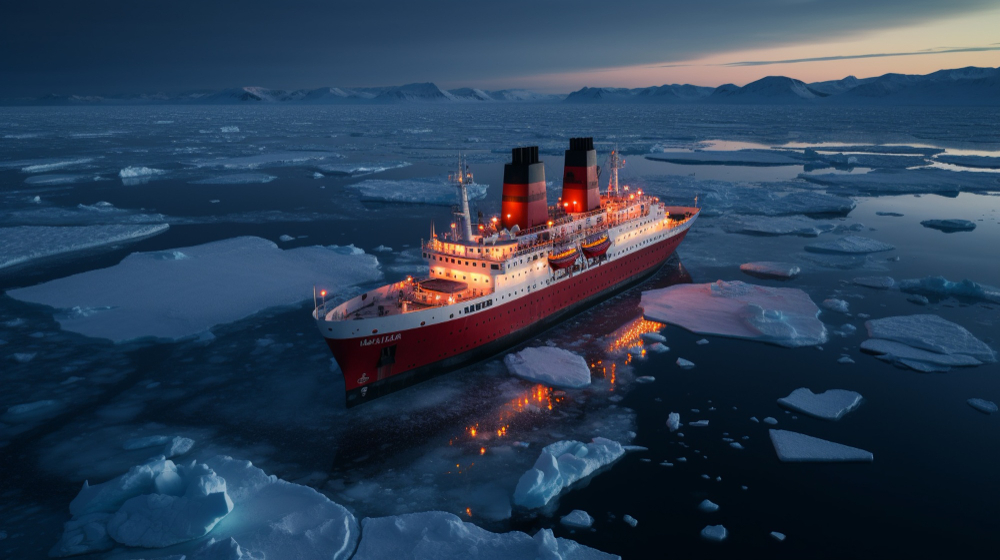April 15 is the anniversary date of the world’s worst maritime calamity—the sinking of the Titanic. It had occurred more than a century ago, but the terrible fate of the giant ship remains indelibly etched, not just as a gruesome fact but as a continuing movie and epic historical drama.
On April 10, 1912, the Titanic left the port of Southampton in England on a maiden voyage to New York City. The ship had a reputation as the most luxurious and unsinkable ship ever built and had nearly 2,200 crew and passengers aboard the maiden trip, including some of the world’s most wealthy people and hopeful immigrant Americans seeking a new life. The path of fate took a turn after just four days into the maiden trip.
During the night of April 14, a little past 11:40 p.m., the Titanic collided with the floating icebergs surrounding the frozen North Atlantic. The collision inflicted a fatal blow upon the ship’s right side and set the ship’s steady and merciless fall into the deep. The Titanic broke in two and sank into the depths around 2:20 a.m. April 15, and took with it more than 1,500 lives.
Women and children were the primary survivors due to the limited lifeboat space provided by the ship and the practice of “women and children first.” The RMS Carpathia came to rescue them. The disaster pushed into the open glaring deficiencies with conventional maritime practice that initiated the profound changes impacting the safety of passenger ships nowadays.
Years after the ship’s sinking, the story of the Titanic has been retold through books and documentaries and ultimately one of the most commercially successful films ever made—Titanic (1997). James Cameron’s movie combined authentic reality with dramatized fiction through the recreation of the ill-fated love affair between ship passenger Jack Dawson (Leonardo DiCaprio) and Rose DeWitt Bukater (Kate Winslet).
Cameron’s attention to detail and revolutionary special effects brought the luxury of the ship and the grim fate that met it back to life. The film moved people’s hearts, winning 11 Oscars, and became one of the top-grossing films in the world. The film was not just a romance film but a tribute to the real passengers and crew members who went with the ship so their memory would live forever.
Over 100 years since it sank, the Titanic continues to interest historians, filmmakers, and the public. Expeditions returned recently to the resting place where it sank, nearly 13,000 feet under the water’s surface, with haunting photos of the wreck’s remains. This brought renewed interest in its ill-fated story.
In textbooks, Google pages, and graphic descriptions through National Geographic, the memory of the Titanic remains omnipresent. It remains a bittersweet reminder of man’s aspiration, the fury of nature and the demand for better seafaring safety.
As April 15 approaches, we remember not just a ship that was lost at sea but lives forever changed by one of the most tragic calamities of the last century. Whether through the pages of the pages of history or classic motion pictures, the story of the Titanic will remain with us to be retold for generations.

